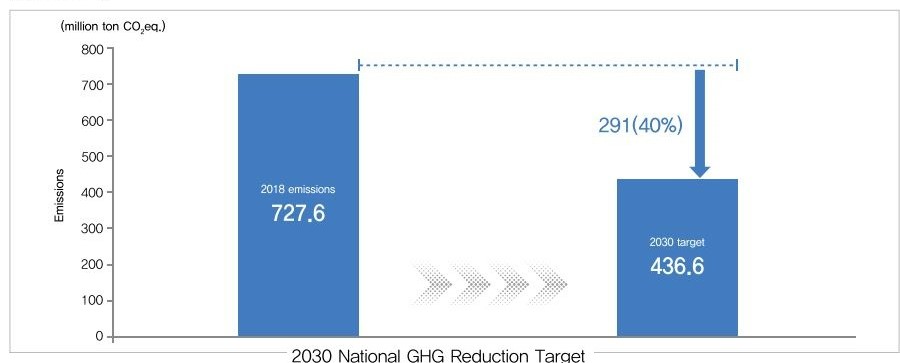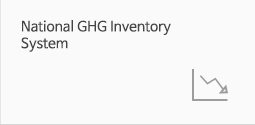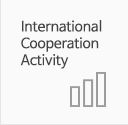Ⅰ. GHG Projection and Reduction Modeling Analysis
ㅇ Projection : GIR-MAKE(Econometrics modeling up to 2050)
ㅇ Reduction : MESSAGEix-GIR (Power, Industry, Transport, Building, Non-Energy)
Ⅱ. Tracking Progress & Evaluation of Sectoral Implementation
ㅇ Principle
- The Presidential Commission on Carbon Neutrality and Green Growth and the Ministry of Environment(MOE) analyze and evaluate the progress of GHG redution by each government ministry and office according to four principles(transparency, timeliness, accountability and feedback).
ㅇ Indicators
- Objective and quantifiable indexes are defined for each sector, and comprehensive evaluations are conducted to review the performance of each index and the goals specified in the 2030 Nationally Determined Contribution(NDC).
ㅇ Evaluation progress
- GIR make draft a Full-scope Assessment Report.
- That is revised by the sectoral expert which is then reported to the Presidential Commission and released to the public after final confirmation.
ㅇ Report
- The first Full-scope National and Sectoral Assessment Report on the Progress of GHG Reduction(2018~2019) was published in December 2020.
- The second Assessment Report(2018~2020) was published in December 2021.
- The third Assessment Report(2021) was published in December 2022.
Ⅲ. Setting 2030 National Mitigation Target

40% reduction from the 2018 level (727.6 MtCO₂eq.) by 2030
ㅇ Major Mitigation Measures
- [Power Generation] Phasing down coal-fired power generation while ramping up renewable power, Shut down or fuel switching of aged coal power plants, Scaling up the uptake of solar and wind power and Preemptive investment in improving power grids
- [Industry] Electric furnaces(steelmaking), Bionaphtha as a feedstock(petrochemical), Waste synthetic resin as a fuel(cement), and Expansion of fluorinated GHGs reduction facilities(semiconductor and display)
- [Building] Promotion of zero-energy building(new buildings) and green remodeling(existing buildings), High-efficiency equipment, Supply of renewable energy, Energy transition(fossil fuel to clean energy), Behavior improvement
- [Transportation] Zero-emission vehicles, Reduce trips by car, Improvement of public transportation services, Eco-friendly ships and Enhancing the operational efficiency of aircraft
- [Agriculture] Improving irrigation techniques in rice paddies, Adopting low input systems for nitrogen fertilizers, Enhancing treatment methods for livestock excreta, Adopting highly efficient facilities
- [Waste] Reducing waste generation, Increasing recycling, Bioplastics, Landfill gas and biological waste gas recovery
- [Carbon Sinks] Sustainable forest management, Conservation / Restoration and increase forestlands by greening urban spaces, Creating new coastal and inland wetlands, Vegetation in waterfront areas
















